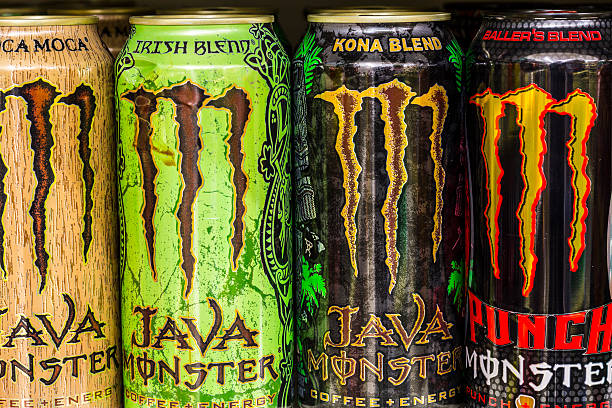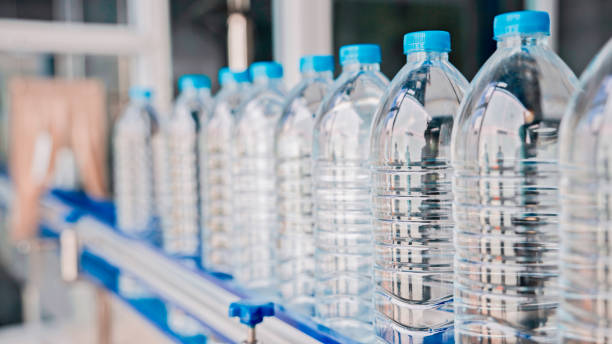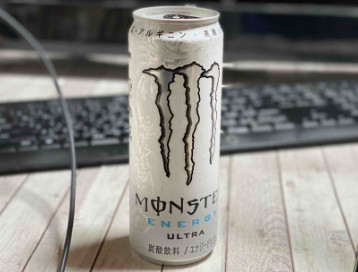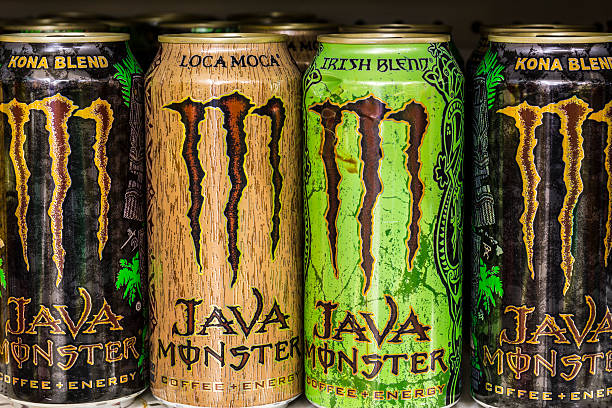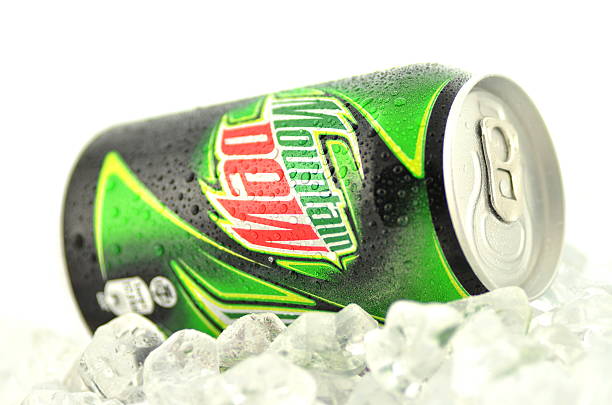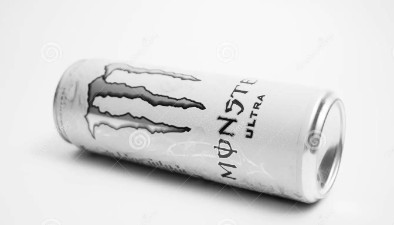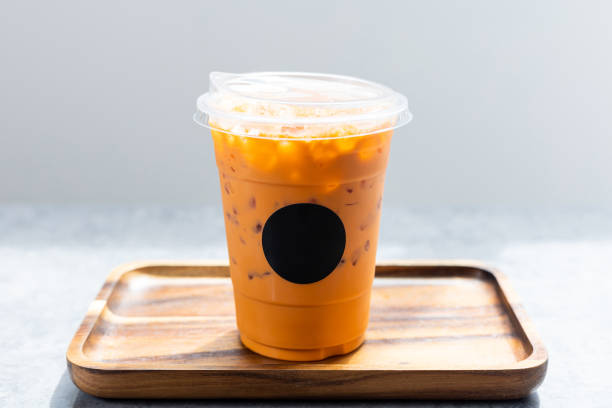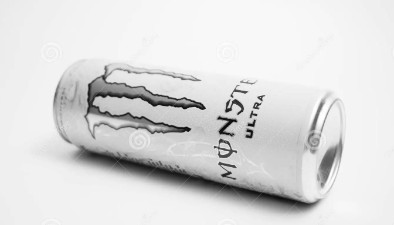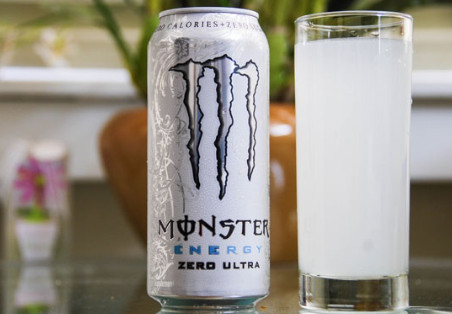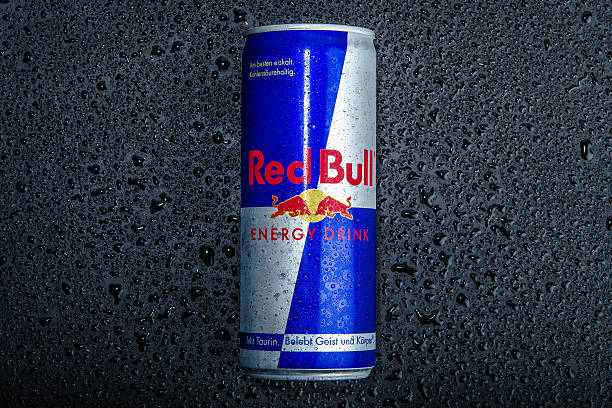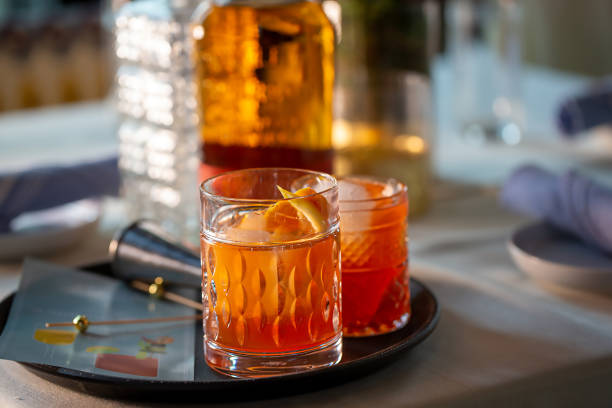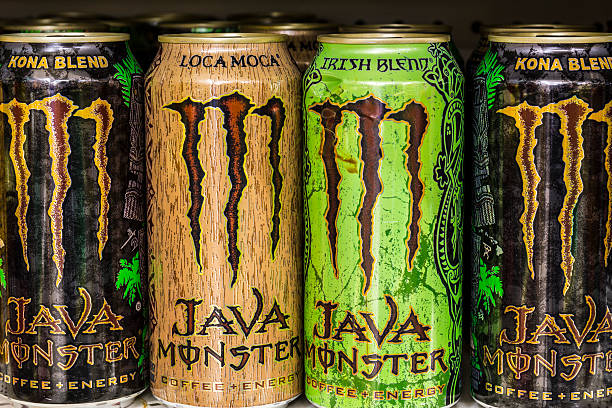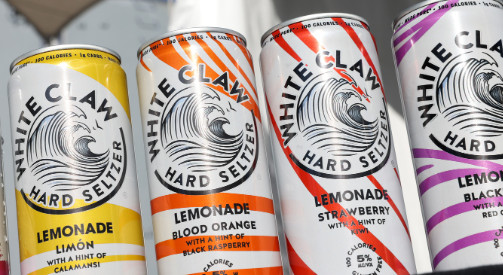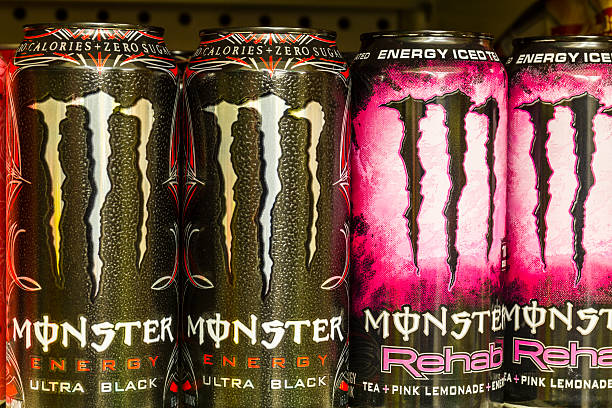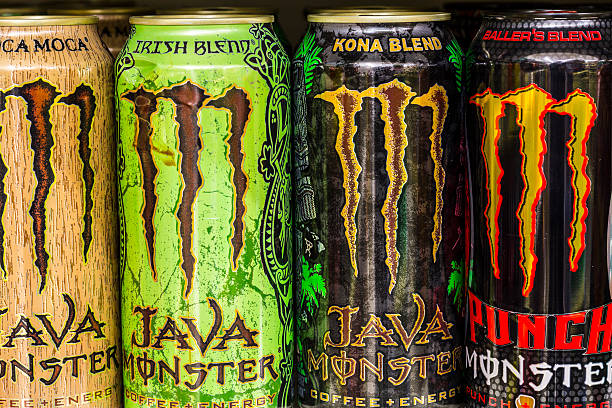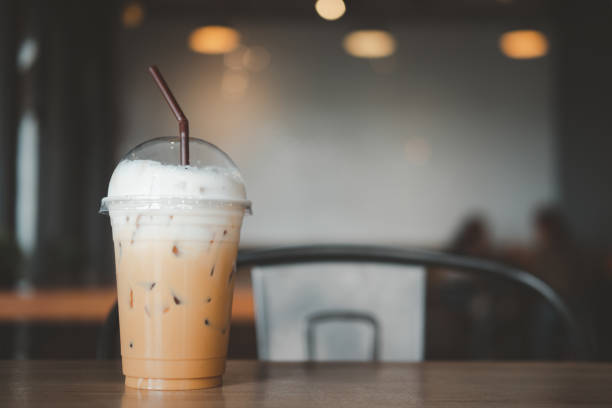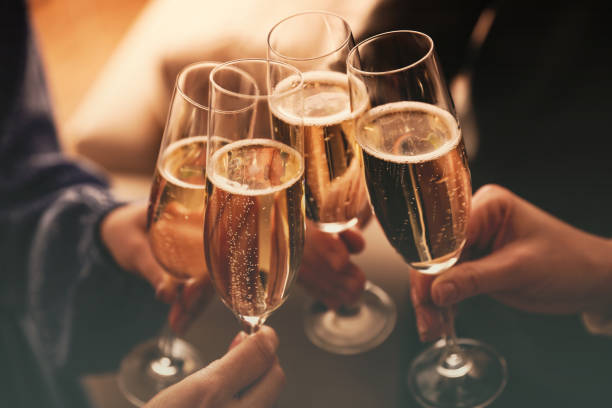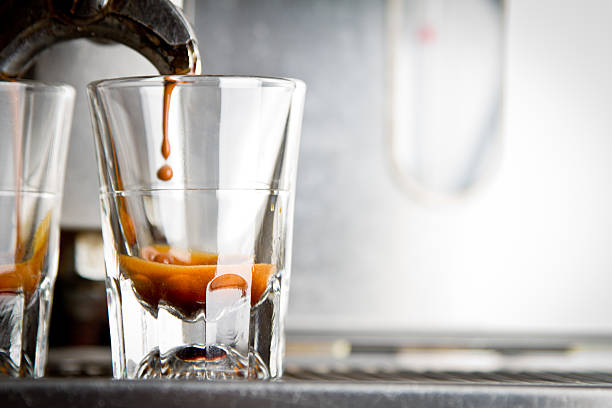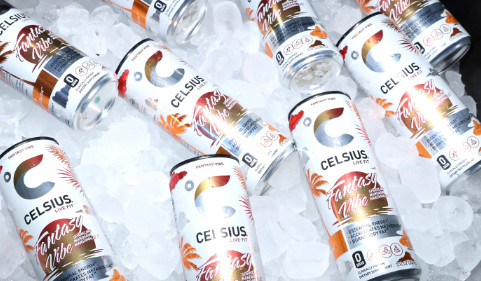In the sparkling world of Champagne, the size of the bottle is much more than a matter of quantity. It’s a celebration of tradition, a nod to history, and an essential element of the tasting experience. Champagne Bottles Sizes with their unique names and storied origins, range from the intimate Piccolo to the grand Melchizedek, each suited to different occasions and celebrations. These sizes are not merely about the volume of Champagne they hold but about the stories they tell and the experiences they facilitate.
Understanding the diverse sizes of Champagne bottles is key to appreciating the nuances of Champagne consumption. The size of a bottle can influence the Champagne’s aging process, with larger bottles often resulting in a more refined and complex flavor profile. This introduction aims to unveil the world of Champagne bottle sizes, exploring their names, capacities, and the special moments they are best suited for.
The Significance of Bottle Size
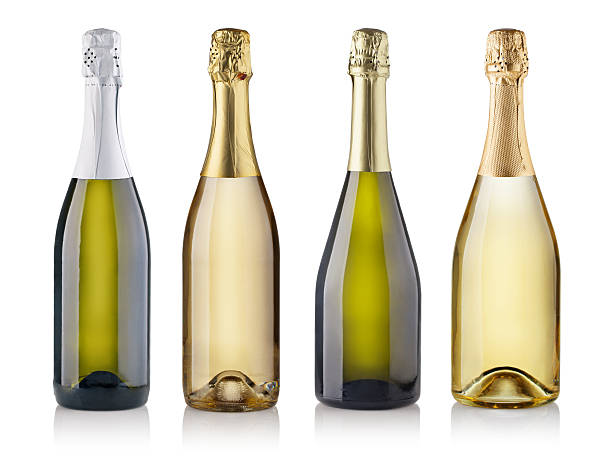
The Significance of Bottle Size
Champagne bottle sizes run the gamut from slim Piccolo splits to grandiose Nebuchadnezzar monsters. But size isn’t just about volume and cost. The amount of Champagne interacts with oxidation, carbonation, aroma, and flavor. Bottle shape impacts aging potential. Serving needs dictate ideal capacities. In short: Size matters when it comes to Champagne. Matching the bottle to the occasion enhances the drinking experience.
Champagne’s Bubble Reputation
Champagne’s prestige stems from its bubbly effervescence. Carbon dioxide is dissolved into the wine during the second fermentation in the bottle. Bottle size affects:
- Bubble texture and mouthfeel
- Preservation of fizz
- Aroma release
Appreciating Nuance
A standard 750 mL bottle suits everyday drinking. But expanding horizons reveals Champagne’s complexity. Small bottles keep each pour fresh, while large formats provide generosity for big events.
History and Significance
Champagne bottle names arise from biblical figures, legend, and whimsy. Their larger-than-life identities match the larger-than-average formats.
Biblical Beginnings
Many names come from biblical kings and heroes:
- Jeroboam – First king of the northern kingdom of Israel
- Salmanazar – Assyrian king who exiled Israelites
- Nebuchadnezzar – Babylonian king who conquered Jerusalem
Associating Champagne with royalty imbues gravitas and importance.
Legendary Origins
Mythical references tie in notions of power and fantasy:
- Methuselah – Oldest figure in the Bible, living 969 years
- Melchizedek – Mysterious priest-king who blessed Abraham.
Whimsical Allusions
Some names are more playful than portentous:
- Magnum – Literally “great” in Latin
- Marie Jeanne – After Napoleon’s second wife Marie Walewska
These add a touch of lightness and fun. No matter their origins, the names match the pomp of popping big bottles.
A Guide to Champagne Bottle Sizes
From quaint to grandiose, Champagne bottles impart notions of fun, grandeur, and refinement. Here’s an overview of key sizes:
Small Format Bottles
Piccolo – 200 mL
- Holds 2.5 glasses
- Fun, single-serve size
- Maintains freshness and bubbles
- Ideal for informal tastings
Half Bottle – 375 mL
- Holds 5 glasses
- Versatile for individuals or couples
- Preserves bubbles and aromas
- Perfect for everyday enjoyment
Standard Bottles
Bottle – 750 mL
- Holds 9-10 glasses
- Benchmark Champagne volume
- Balances freshness with aging potential
- Workhorse bottle for celebrations
Magnum – 1.5 L
- Holds 15-20 glasses
- Grandeur for important milestones
- Aging potential increases
- Worth buying for big events
Large Format Bottles
Jeroboam – 3 L
- Holds 40 glasses
- Makes a statement
- Enhanced complexity from extended lees contact
- Manageable decanting into bottles
Methuselah – 6 L
- Holds 80 glasses
- Ultimate in opulence
- Rarest of formats
- Requires a special occasion (or many friends)
Nebuchadnezzar – 15 L
- Holds 200 glasses
- The pinnacle of excess
- Aging measured in decades
- Reserved for truly momentous events
Sizes In Between
Other less common options include:
- Demi – 375 mL – Half-size Piccolo
- Marie Jeanne – 900 mL – Magnum cousin
- Salmanazar – 9 L – Between Methuselah and Nebuchadnezzar.
Production Insights
Crafting larger bottle formats requires expertise. Precise processes control dosage, pressure, corking, and strength.
- Pressure – Greater strength required to contain high volumes
- Dosage – Scaling up additive balance is challenging
- Corks – Bigger diameters preserve ideal pressure
- Cellar Work – Hand manipulation critical for large bottles
It’s an art form perfected by Champagne’s skilled cellar masters.
Maturation and Aging Effects
Bottle size significantly influences how Champagne evolves during extended aging.
Oxidation Differences
- More oxidation in larger bottles
- Impacts flavor profile over time
- Can enhance or mute flavors
Bubble Behavior
- Small bottles preserve intense effervescence
- Bubbles last longer in bigger bottles
- But foam and texture transform
Lees Contact
- Yeast autolysis more apparent in large formats
- Adds richness, depth, and complexity.
Serving Suggestions
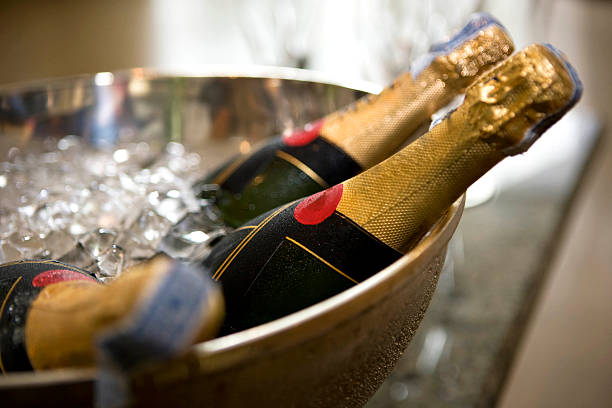
Serving Suggestions
Tailor your presentation strategy to the bottle format:
Piccolo
- Chill upright in ice bucket
- Pour into Champagne flute
- Drink rapidly before bubbles dissipate
Magnum
- Store horizontally to wet cork
- Open ceremoniously in front of guests
- Decant into multiple flutes for simultaneous toasting
Nebuchadnezzar
- Transport carefully to prevent premature agitation
- Drape a Napkin over the bottleneck during prolonged opening
- Use a Champagne fountain attachment for pouring
- Assign multiple pourers to keep glasses bubbling
Availability and Cost Considerations
Searching for rare large formats takes passion and perseverance. But the splurge amplifies the delight of popping Champagne.
Hunting for Bottles
- Large formats harder to find than standard bottles
- Check reputable wine shops or specialty retailers
- Build a relationship with knowledgeable wine sellers
- Reputable online wine retailers expand options
Managing Expense
- Cost increases exponentially with size
- But lower cost per glass makes big formats economical for gatherings
- Pooling resources helps defray individual costs
- Consider going in on a bottle with other Champagne lovers
The treasure hunt and financial impact add to the feeling of achievement when procuring mythic Champagne sizes.
Sustainability and Recycling
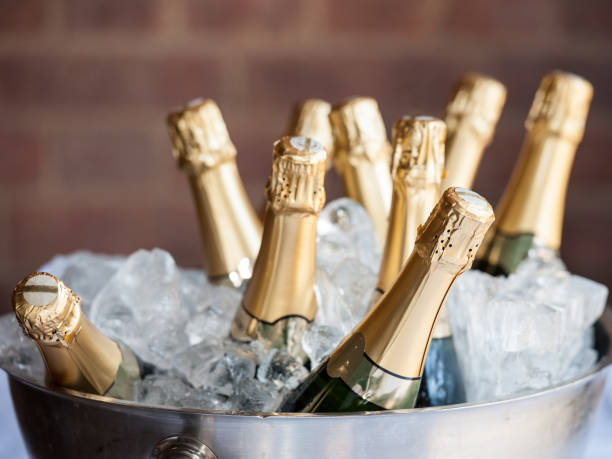
Sustainability and Recycling
Environmental aspects must be considered when choosing bottle sizes. Steps like recycling and repurposing help minimize waste and impact.
Reduce
- Buy only as much as needed for the occasion
- Avoid excess and leftovers
Reuse
- Save and reuse Champagne corks
- Upcycle empties into candle holders or other decor
Recycle
- Properly separate and recycle glass and cork
- Utilize bottle banks where available
Eco-friendly Alternatives
- Support brands using lighter-weight bottles
- Choose paper or compostable straws over plastic
- Use recycled paper goods for serving
Champagne Bottle Sizes Chart
| Name | Volume | Glasses | Uses |
|---|---|---|---|
| Piccolo | 200 mL | 2-3 | Tastings, everyday drinking |
| Half Bottle | 375 mL | 5 | Small gatherings, couples |
| Bottle | 750 mL | 8-10 | Versatile for all uses |
| Magnum | 1.5 L | 15-20 | Medium gatherings, gifts |
| Jeroboam | 3 L | 40 | Large parties, weddings |
| Methuselah | 6 L | 80 | Ultra-luxury, once-in-a-lifetime |
| Nebuchadnezzar | 15 L | 200 | Royal splurging, landmark events |
Conclusion: Champagne Bottles Sizes
Champagne bottle sizes range from modest to monumental. But it’s not just about volume. The right bottle enhances carbonation, freshness, aroma, and convenience for the occasion. Different formats impart notions of fun, prestige, and decadence. Understand the nuances, and the full experience of Champagne comes alive. Pop open the perfect bottle to celebrate life’s grandest moments and smallest pleasures.

